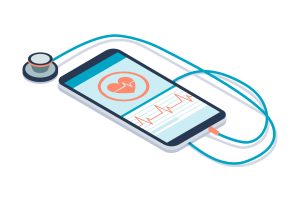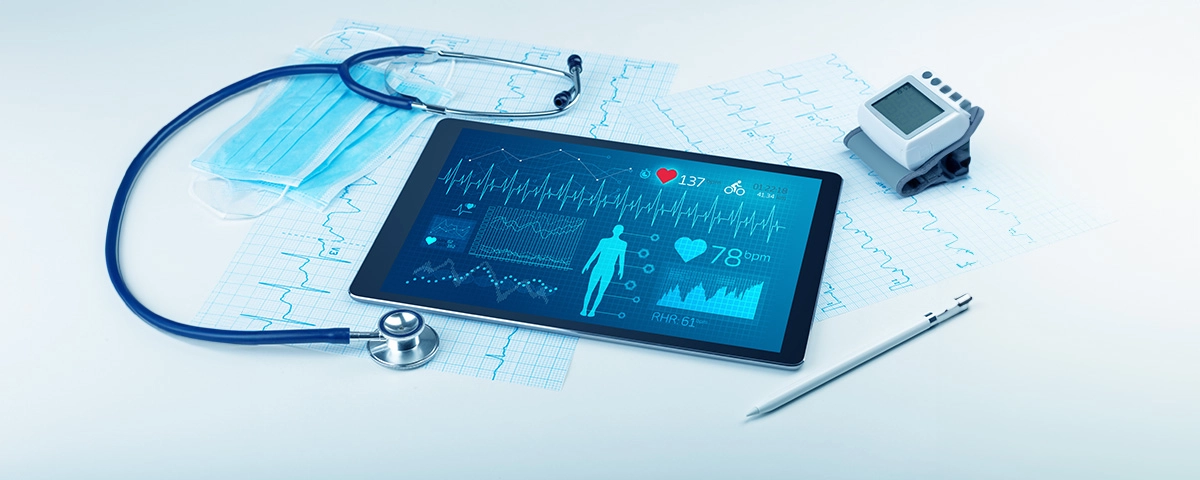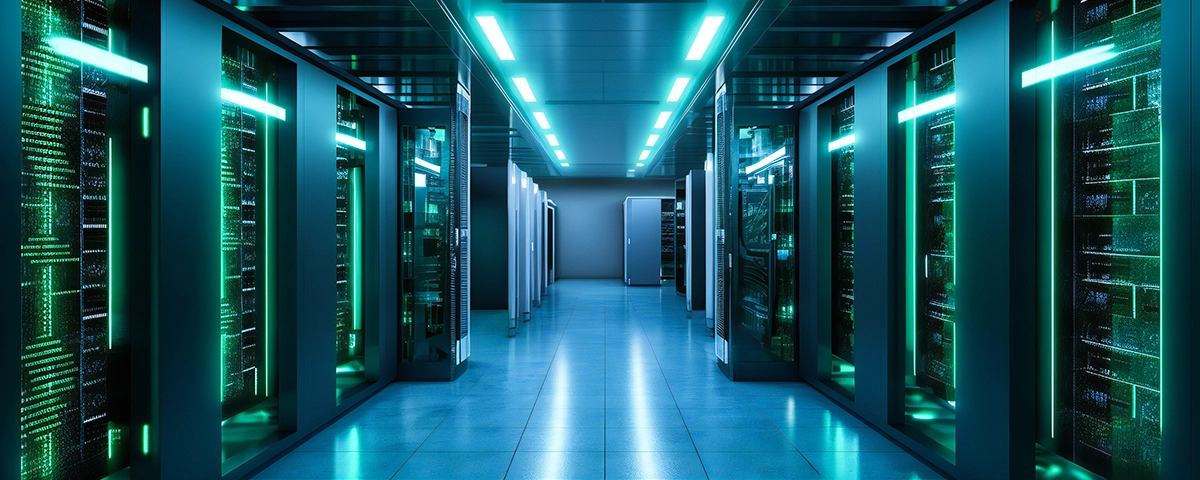Healthcare across the globe is well-known for its historical failure to keep up with technology. Today, unprecedented data pressures are putting increasing strain on IT systems – driven mainly by an enormous increase in the data being generated by advanced tech, such as indwelling devices, IoT, robotics, AI and more.
This means that both care facilities and the related pharmaceutical industry are having to fast-forward how they cope with this. It’s a long overdue step and one that’s being made possible by the mainstream uptake of Edge computing.
The data epidemic
There are many reasons for this exponential increase in data generation. The pandemic has played a significant role, hastening the need with vaccine development, remote appointments, more reliance on advanced tech automated monitoring, as well as patient-generated data from a myriad of smart devices.
The following are just some of the reasons for this information explosion:
- Clinical trials: The average trial generates around 3 million data points
- Connected devices: Every patient in a hospital bed is connected to between 10-15 devices
- Indwelling devices: The use of pacemakers, internal defibrillators, cardiac monitors etc, each generating their own data
- Wearable health devices: The use of smartwatches and other devices
Add in the results of every patient investigation (blood tests, baseline observations, healthcare professional’s notes etc) and this adds up to almost a third of all data generation across the globe.

The edge is the answer
Even the most non-technical among us can appreciate the enormous amount of bandwidth this information takes to be sent to cloud storage or on-site data centres. This traditional stalwart is, now, too slow, too expensive and, with the amount of data to deal with, fast-becoming unsuitable for purpose.
This is why Edge capability is being catapulted into a starring role. The ability to easily sort, analyse and transfer or store data close to where it’s generated is revolutionary. Healthcare data demands the utmost security, something that Edge computing hardware and software have been created around. This, combined with getting fast results and, in certain cases, real-time action, is truly the stuff of sci-fi.
From operational efficiency to information-driven clinical decisions, the ability to manage, share and act upon data leads to the single most important shift in health today – easier decision-making for clinicians and better care for patients.
Edge delivery: today, tomorrow and in the future
Managing this change is, thanks to proven and affordable tech, snowballing. 5G is beginning to play a role and will continue to increase as the network grows over the upcoming years. On-site micro data centres (MDCs) are game-changers, and far-Edge storage and hybrid Edge-cloud combinations are as revolutionary as when we began to migrate data to the cloud in the 1990s.
Today we’re relying on Edge capability for relatively simple applications, such as information sharing and health alerts. We’re already testing the boundaries of tomorrow’s landscape – robotic operations, AI diagnosis, and results from wearable devices are three examples. And in the future? Imagine nipping to the local shopping centre for that procedure, performed robotically or to a clinic for an operation performed by an expert surgeon thousands of miles away.
The potential is only just beginning – and it’s being driven by the Edge. From cost saving to clinician expertise to patient care, we’re entering a new era of healthcare, and it’s been a long-time coming…






